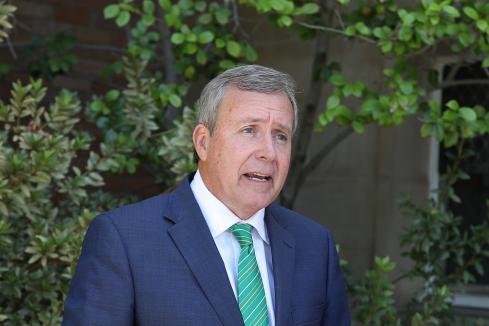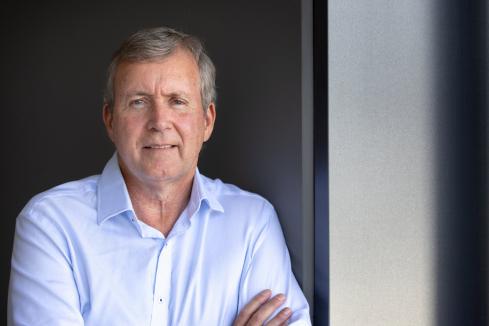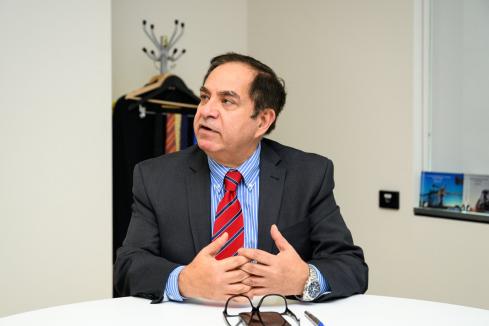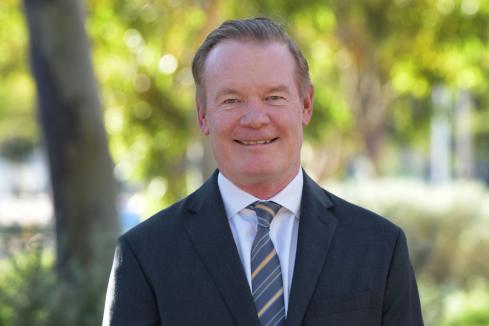The Environmental Protection Authority has rejected Sinosteel Midwest Corporation’s proposal to develop a new mine pit at its Blue Hills Mungada East hematite project due to irreversible environmental consequences.

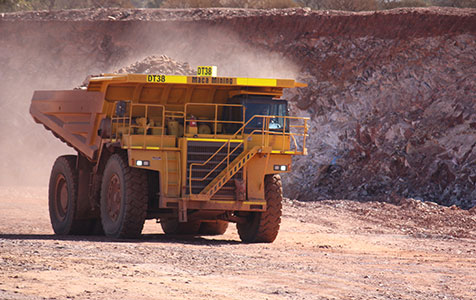
The Environmental Protection Authority has rejected Sinosteel Midwest Corporation’s proposal to develop a new mine pit at its Blue Hills Mungada East hematite project due to irreversible environmental consequences.
The rebuff follows the EPA’s recent request that Karara Mining forgo mining on Mungada Ridge, and that the government declare it a class-A nature reserve.
The appeal is part of a bigger two-year advocacy project the EPA has pursued in a quest for greater conservation in Western Australia’s banded iron ranges, which range from the Mid West to the Goldfields region.
Sinosteel had been seeking permission to expand its 1.5 million tonnes per annum Blue Hills Mungada East iron ore project, 160 kilometres south east of Geraldton, to extend the mine life by three years.
Sinosteel general manager Phil Allsopp said it would assess the EPA response in more detail before deciding on its next course of action.
“SMC is of course disappointed by the EPA’s refusal to assess the project. We have been in lengthy consultation with the relevant decision makers and invested significantly to design a project proposal that minimises our impact on the environment.” Mr Allsopp said.
EPA chairman Paul Vogel said about 53.5 hectares of native vegetation on and around the Mungada Ridge would be disturbed if Sinosteel expanded the mine.
“Mungada Ridge is the most significant with high biodiversity values and is the last large and substantially intact landform in the Blue Hills area,” Dr Vogel said.
“Any further mining will result in serious and irreversible impacts to the integrity of this landform and the environmental values it supports,” he said.
Last month, Dr Vogel told Business News 10 mining projects had received development approval since 2009 around the Mungada region, but agreements to balance development with conservation had lagged.
“Using a sporting analogy ... Development 10 - Conservation 0,” Dr Vogel said.
In a statement to Business News at the time, Karara Mining said it was yet to submit a proposal to mine Mungada Ridge, but new scientific and environmental information suggested the landscape values were not unique and were well represented elsewhere in the region, suggesting an alternative area could be preserved.
Karara said it continued to support the development of class-A reserves that aligned with the prospectivity values of the area and maintained functional ecosystems.
“To date seven tenements have been relinquished as part of our broader environmental offsets package to allow the Western Australian government to establish reserves. This demonstrates Karara Mining’s commitment to balancing economic development with environmental consideration outcomes in the areas that we operate,” Karara said.





